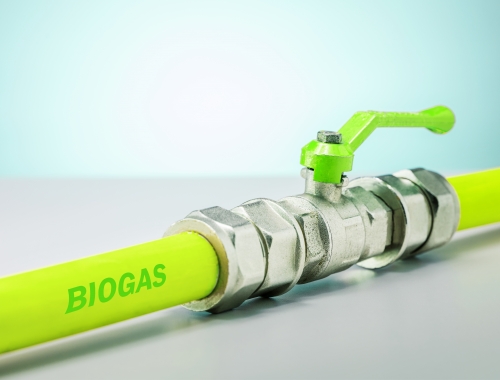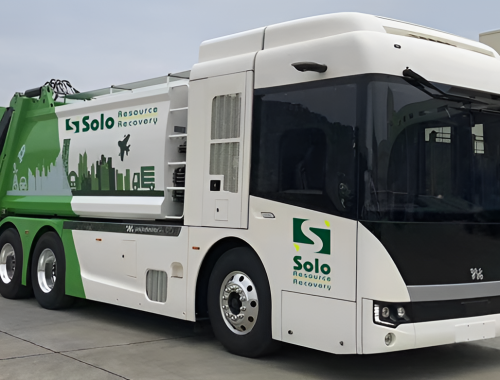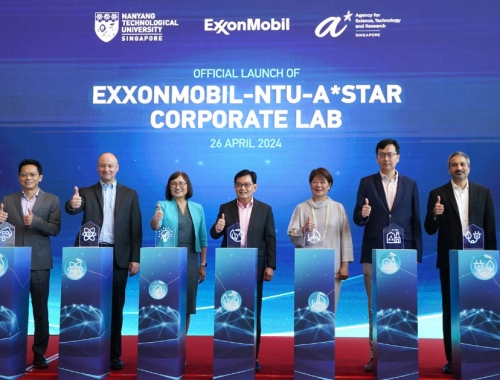ABS joins project for dual-fuel ammonia carrier
SUMMARY
ABS will review a new design for an LNG and ammonia-fuelled very large ammonia carrier. [Image: ABS]
By Shardul SharmaPOSTED IN:
Classification society ABS has signed a memorandum of understanding (MoU) to review a new design for an LNG and ammonia-fuelled, very large ammonia carrier (VLAC) for Eastern Pacific Shipping (EPS), it announced on September 11.
The design, developed by Korea's HD Hyundai Heavy Industries (HHI), is for an 88K/93K m3 vessel that is expected to meet the demand for greenhouse gas reduction, in compliance with the latest International Maritime Organization (IMO) emission regulations. Four vessels are planned for construction at the HHI Ulsan shipyard in Korea, ABS said.
ABS joins project partners EPS, HHI and HHI Engine & Machinery Division, MAN Energy Solutions and the Maritime and Port Authority of Singapore.
"ABS is honoured to join EPS and this esteemed group of companies," said John McDonald, ABS COO. "With our technical expertise, long successful history with gas carriers and cutting-edge work in decarbonization and sustainability, we are the ideal partner to join this project. ABS is committed to leading the industry in supporting ammonia's safe adoption at sea."
EPS CEO Cyril Ducau said: "The ammonia engines by MAN ES will be an inflection point for the maritime industry. In the next few years, we expect to operate vessels with significantly reduced emissions running on ammonia. Dual-fuel engines like LNG, LPG, and ethane will still play a significant role in various segments. However, with this engine, it will mean that this will be the first time that ocean going vessels will take a significant step towards zero carbon emissions."
The use of ammonia as a marine fuel is gaining momentum as a way to reduce greenhouse gas emissions. Ammonia is a zero-carbon fuel that can be produced from renewable energy sources.








